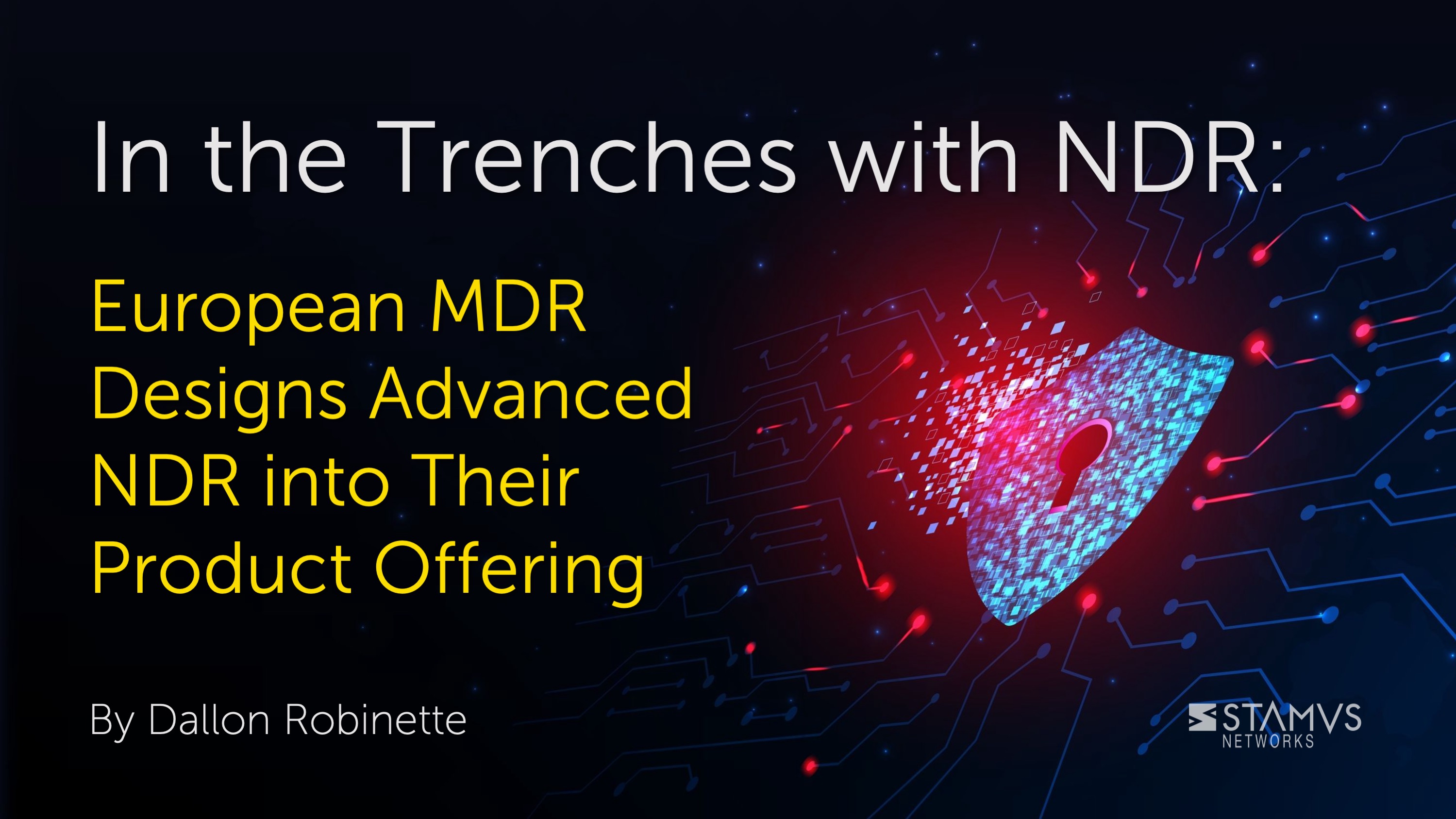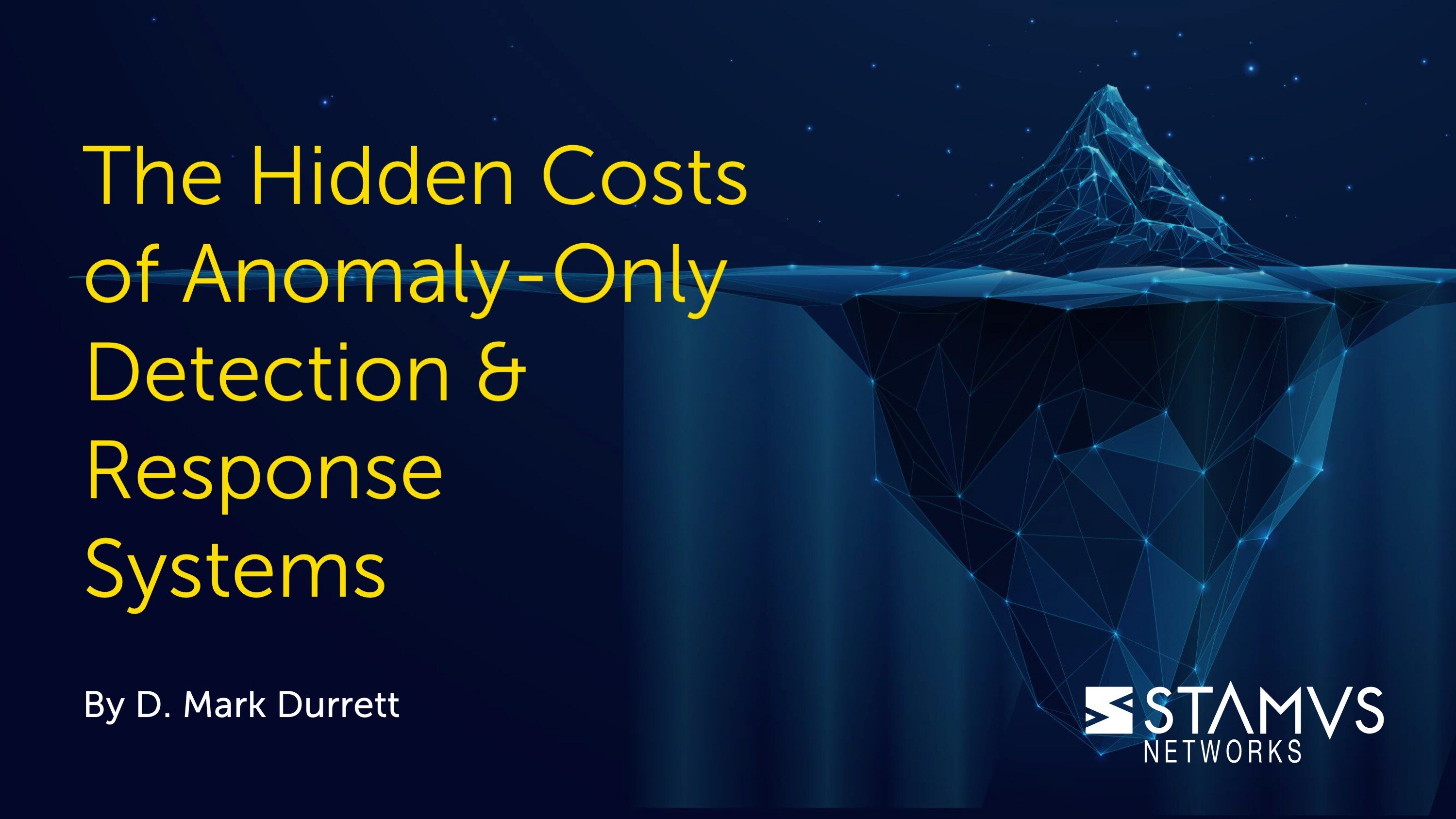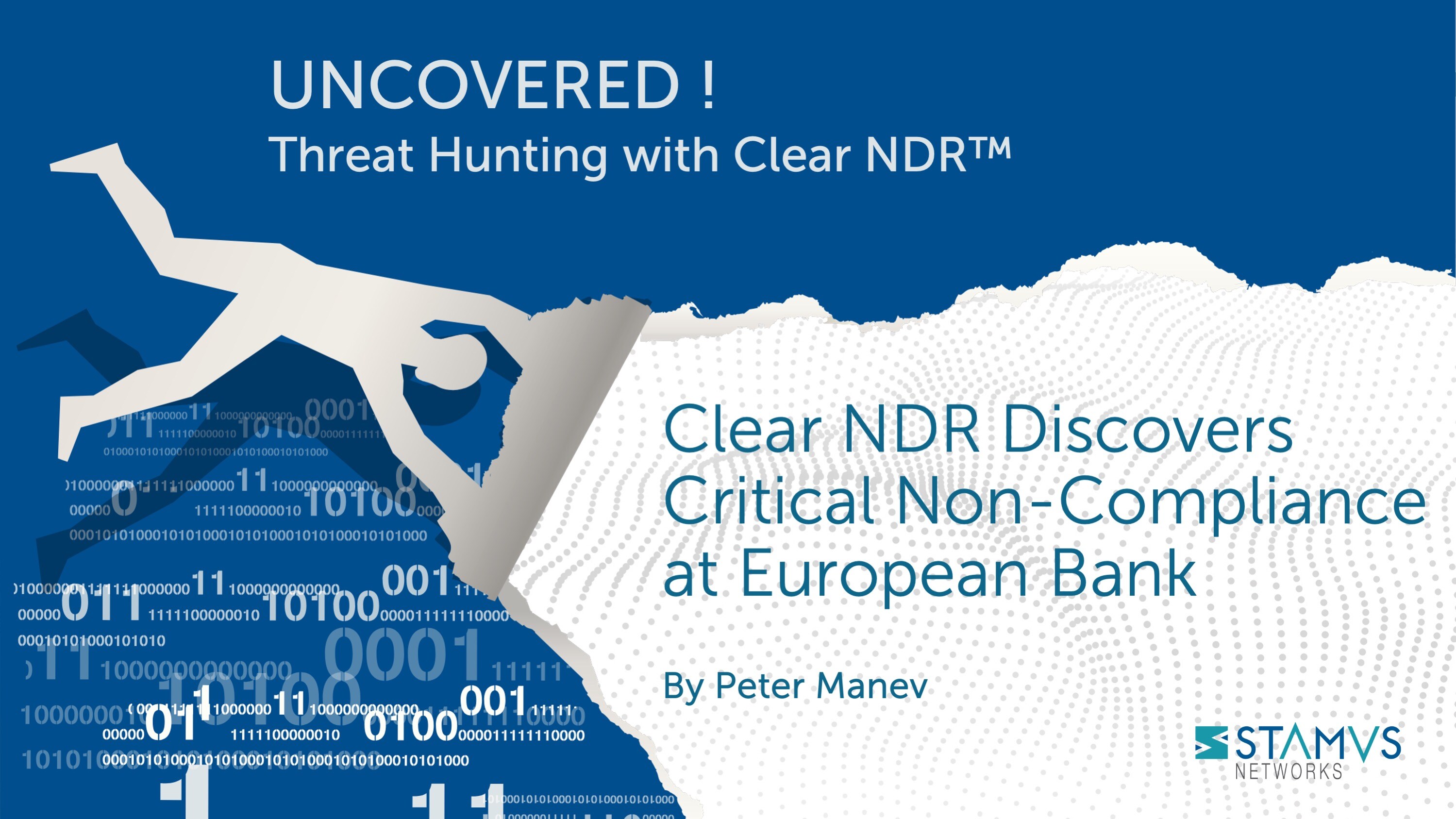TL;DR: A European managed security service provider seeking to launch an MDR service chose Stamus Security Platform as their NDR solution, gaining advanced network monitoring, improved detection, and faster response capabilities for their customers.
Network detection and response (NDR) is a critical component of a comprehensive cyber defense strategy, monitoring and analyzing network traffic to identify and thwart malicious activities that traditional security measures may miss. Using a combination of automated detection algorithms, incident investigation, and threat hunting tools, NDR enables organizations to proactively detect, investigate, and respond to threats that pose a risk to network infrastructure.
At Stamus Networks, we have enjoyed the privilege of working closely with a diverse range of organizations around the world. During our deployments, we have witnessed remarkable success stories. In each example, NDR has played a pivotal role in safeguarding networks, mitigating attacks, and minimizing the impact of security incidents.
Many of our success stories are shared in our ebook “In the Trenches with Network Detection and Response: Real World Success Stories”, but we wanted to share some of these stories here on the Stamus Networks Blog.
Each story provides a quick example of how NDR achieves one or more of the following three use-cases:
- Threat Detection and Response
- Network Visibility and Incident Response
- Threat Hunting
The following story is that of a European managed security provider, and how the Stamus Security Platform (SSP) was able to integrate into their existing technical stack.
How does NDR help MDR services?
Network Detection and Response (NDR) can help managed detection and response (MDR) services by seamlessly integrating with existing technology and adding visibility into previously unseen parts of the network. This is seen in the example of a European managed security provider, and their experience adding Stamus Security Platform to their MDR service.
The Challenge:
A European managed security provider wanted to include an advanced Suricata-based network detection and response (NDR) into their nascent managed detection and response (MDR) service offering. They needed an NDR that was flexible enough for their unique needs and also integrated seamlessly into their technical stack which included cloud-based SIEM and SOAR systems.
The Solution:
They selected Stamus Security Platform (SSP), the leading Suricata-based NDR that delivers an open interface, flexible deployment options, and is backed by strong commitment to ongoing support and partnership.
The Outcome:
The service provider now includes SSP as an option for their customers, something they previously could not do. They now enjoy the benefits of advanced network monitoring, providing them greater visibility into their customers’ networks, improved detection, lower time to respond, and less risk.
What is the Stamus Security Platform?
The Stamus Security Platform (SSP) is a broad-spectrum, open network-based threat detection and response (NDR) system, delivering actionable network visibility and threat detection with:
- Greater visibility & evidence
- More complete detection
- Response-ready notifications
- Extensible threat intelligence
- Straightforward integrations
- Immediate results
Stamus Security Platform is trusted by some of the world’s largest organizations, including government CERTs, central banks, insurance providers, managed security service providers, financial service providers, multinational government institutions, broadcasters, travel and hospitality companies, and even a market-leading cybersecurity SaaS vendor.
Like these organizations, your organization could likely benefit from including Stamus Security Platform in your cybersecurity strategy.
To dive deeper into this story, read the full Hunt & Hackett Case Study here.
To learn more about SSP, visit us at www.stamus-networks.com
To stay updated with new blog posts from Stamus Networks, also make sure to subscribe to the Stamus Networks blog, follow us on Twitter, LinkedIn, and Facebook, or join our Discord.






